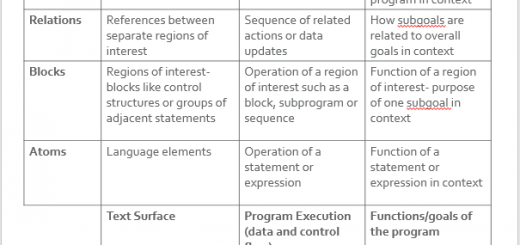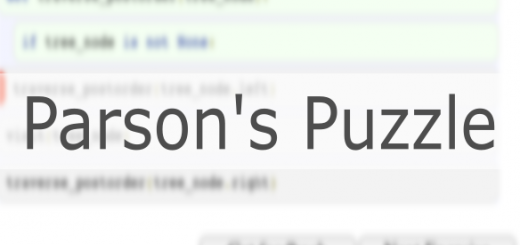Approach – Parson’s Puzzles
Summary of Approach
The principle behind Parson’s puzzles is to provide students with a selection of jumbled up code fragments that they can rearrange to solve the puzzle. This approach allows learners to focus on how to compose program code to solve a particular problem without worrying about remembering program syntax. It provides a way of practising skills related to writing code to solve a problem that reduces the cognitive load.
Keypoints
Immediate feedback is a characteristic to the puzzles. The focus of each puzzle is on one key programming construct. Each puzzle is composed of a limited number of steps to allow students to focus on the main aspect being tested.
Limitations
- The puzzles cannot be used in isolation when teaching a programming language.
- Students will get bored if over exposed to the puzzles.
- Difficult to record and analyse how pupils complete the self-marking versions of the puzzles
PLAN C Techniques
Algorithms, modular coding, block model, TRACS.
Reasons for Recommendation
- Offers a good support to programming constructs when used well.
- Students like the puzzles approach.
- The immediate feedback helps to motivate students.
- Can improve student understanding of sequential instructions and constructs.
Teacher Experiences of Benefits
My classes enjoyed solving the puzzles and some did show signs of improvement when we returned to coding
Michael Reynolds- Faculty head Uddingston Grammar School
Research References
How Do Students Solve Parsons Programming Problems? — An Analysis of Interaction Traces Juha Helminen ∗ , Petri Ihantola, Ville Karavirta, and Lauri Malmi Department of Computer Science and Engineering Aalto University Finland.
Parsons, D., & Haden, P. (2006). Parson’s programming puzzles: A fun and effective learning tool for first programming courses. In D. Tolhurst & S. Mann (Eds.), Computing Education 2006. Proceedings of the Eighth Australasian Computing Education Conference, 52, (pp. 157-163). Adelaide, Australia: Australian Computing Society.


